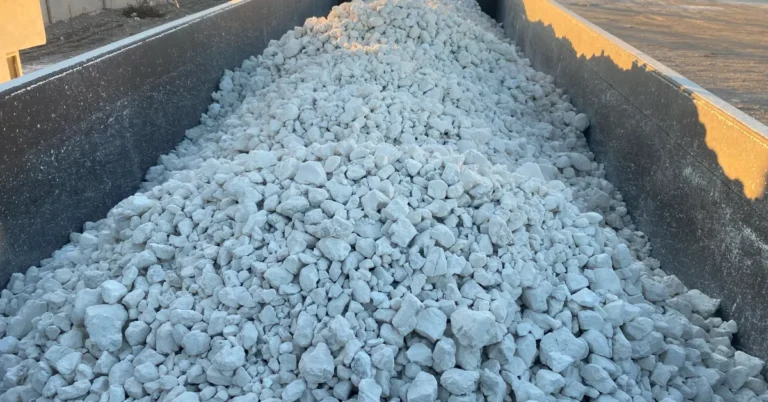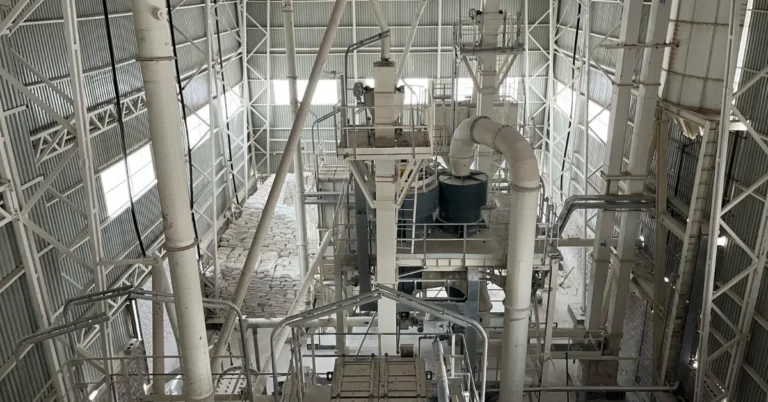Precipitated Calcium Carbonate
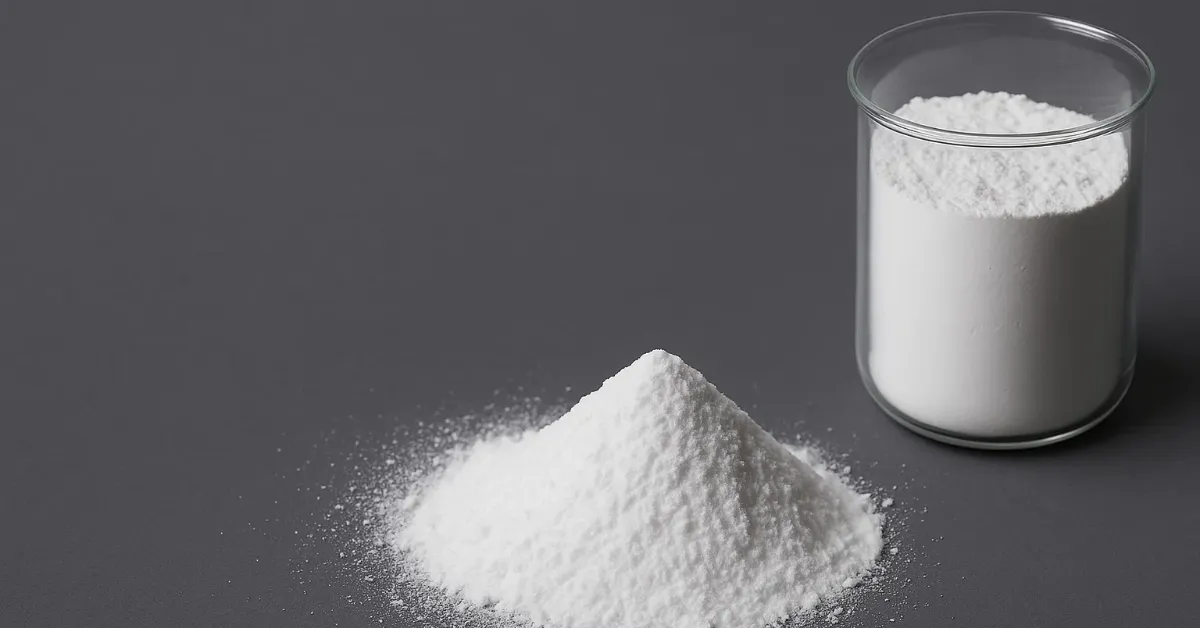
Introduction to Precipitated Calcium Carbonate (PCC)
Precipitated Calcium Carbonate (PCC) is a high-purity, synthetic form of calcium carbonate engineered for superior performance across industries. Unlike ground calcium carbonate (GCC), which is mechanically crushed from limestone, PCC is chemically synthesized under controlled conditions, allowing precise customization of particle size, shape, and surface properties. This advanced material is prized for its brightness, low abrasiveness, and chemical stability, making it indispensable in paper, plastics, paints, pharmaceuticals, and food applications.
Pars Hasti Asia, as a pioneer in nano-PCC production in the Middle East, has set new benchmarks in quality and sustainability. This comprehensive guide explores PCC’s manufacturing process, key benefits, industrial applications, and emerging trends, positioning it as the definitive resource for industry professionals, researchers, and buyers.
Pars Hasti Asia, as a pioneer in nano-PCC production in the Middle East, has set new benchmarks in quality and sustainability. This comprehensive guide explores PCC’s manufacturing process, key benefits, industrial applications, and emerging trends, positioning it as the definitive resource for industry professionals, researchers, and buyers.
The Science Behind PCC: How It’s Made
The production of PCC is a sophisticated chemical process that transforms raw limestone into a high-performance industrial material. It begins with the calcination of high-purity limestone at temperatures exceeding 900°C, producing quicklime (calcium oxide, CaO). The quicklime is then hydrated with water to form calcium hydroxide (Ca(OH)₂), a slurry known as milk of lime.
The next critical step is carbonation, where carbon dioxide (CO₂) gas is introduced into the milk of lime under tightly controlled conditions. This reaction precipitates ultra-fine calcium carbonate crystals, which are filtered, washed, dried, and milled to achieve the desired particle size distribution.
What sets PCC apart is the ability to manipulate crystal morphology—producing scalenohedral, rhombohedral, or colloidal forms—depending on the intended application. Pars Hasti Asia employs European technology to ensure its PCC meets stringent international standards, including ISO, REACH, and FDA compliance, making it suitable for even the most demanding industries.
The next critical step is carbonation, where carbon dioxide (CO₂) gas is introduced into the milk of lime under tightly controlled conditions. This reaction precipitates ultra-fine calcium carbonate crystals, which are filtered, washed, dried, and milled to achieve the desired particle size distribution.
What sets PCC apart is the ability to manipulate crystal morphology—producing scalenohedral, rhombohedral, or colloidal forms—depending on the intended application. Pars Hasti Asia employs European technology to ensure its PCC meets stringent international standards, including ISO, REACH, and FDA compliance, making it suitable for even the most demanding industries.

PCC vs. GCC: Key Differences and Advantages
While both PCC and GCC are forms of calcium carbonate, their production methods and properties differ significantly, leading to distinct industrial applications.
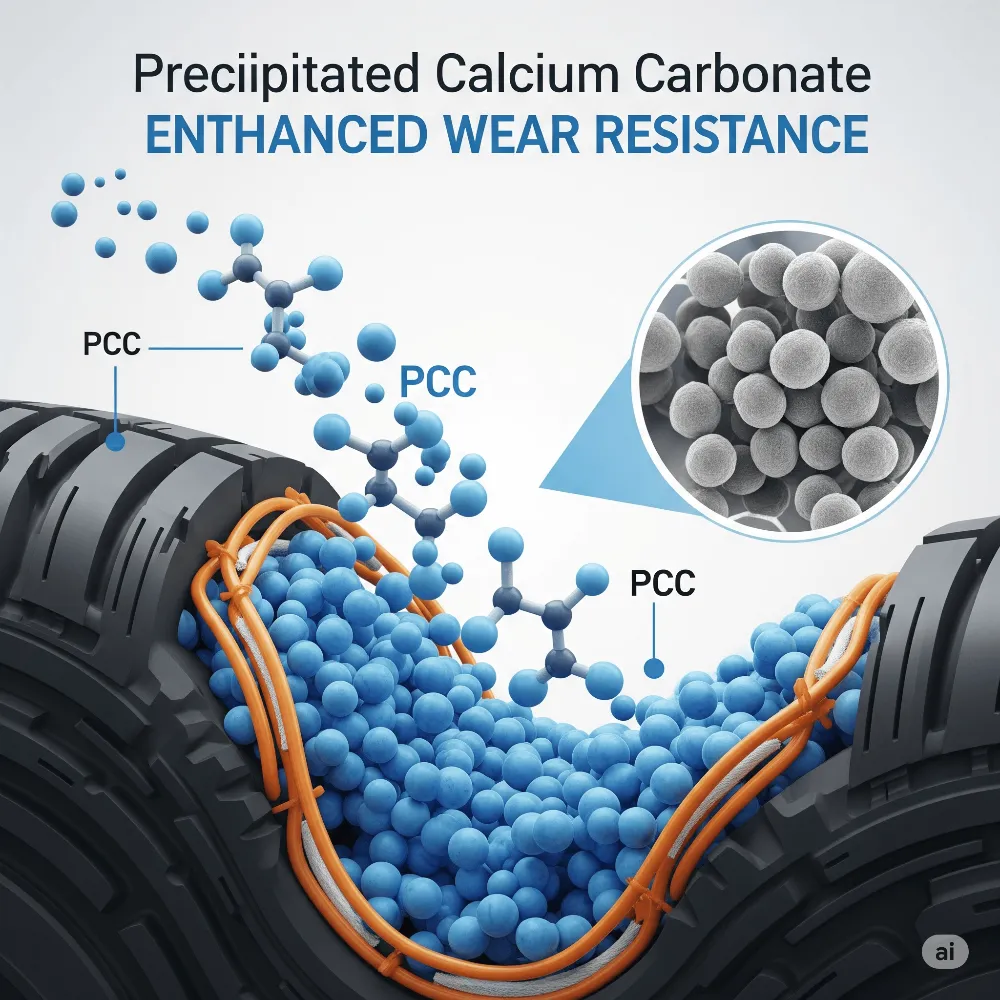
Particle Shape and Size Distribution
GCC: Derived from mechanically crushed limestone, resulting in irregularly shaped particles with a broad size range (0.5–20 microns).
PCC: Chemically synthesized, allowing precise control over particle size (0.02–2 microns) and uniform crystal structures.
PCC: Chemically synthesized, allowing precise control over particle size (0.02–2 microns) and uniform crystal structures.
Brightness and Purity
GCC: Typically has a brightness of 85–93%, with impurities like silica and iron oxide.
PCC: Achieves 95–98% brightness and 99.9% purity, making it ideal for premium applications.
PCC: Achieves 95–98% brightness and 99.9% purity, making it ideal for premium applications.
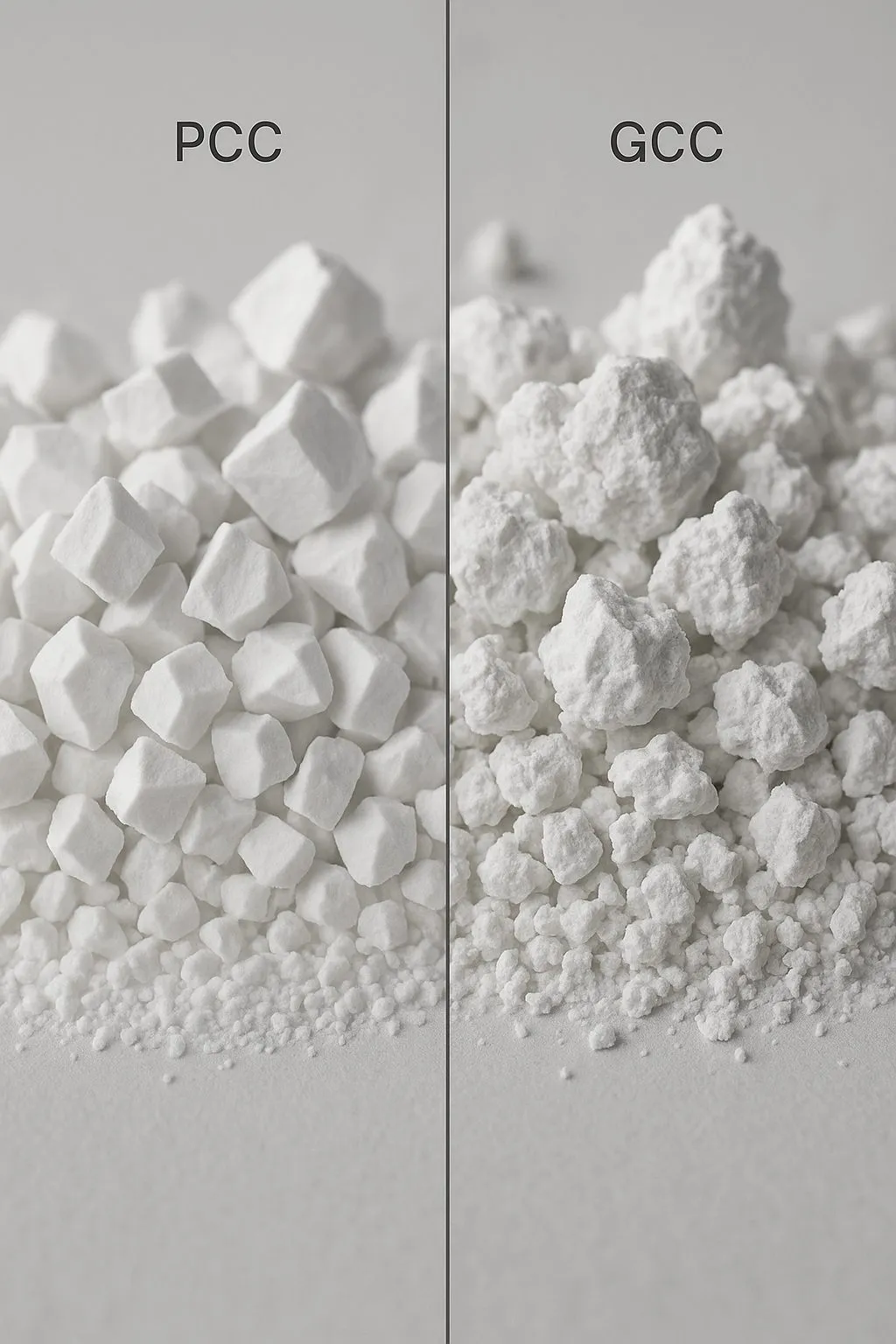
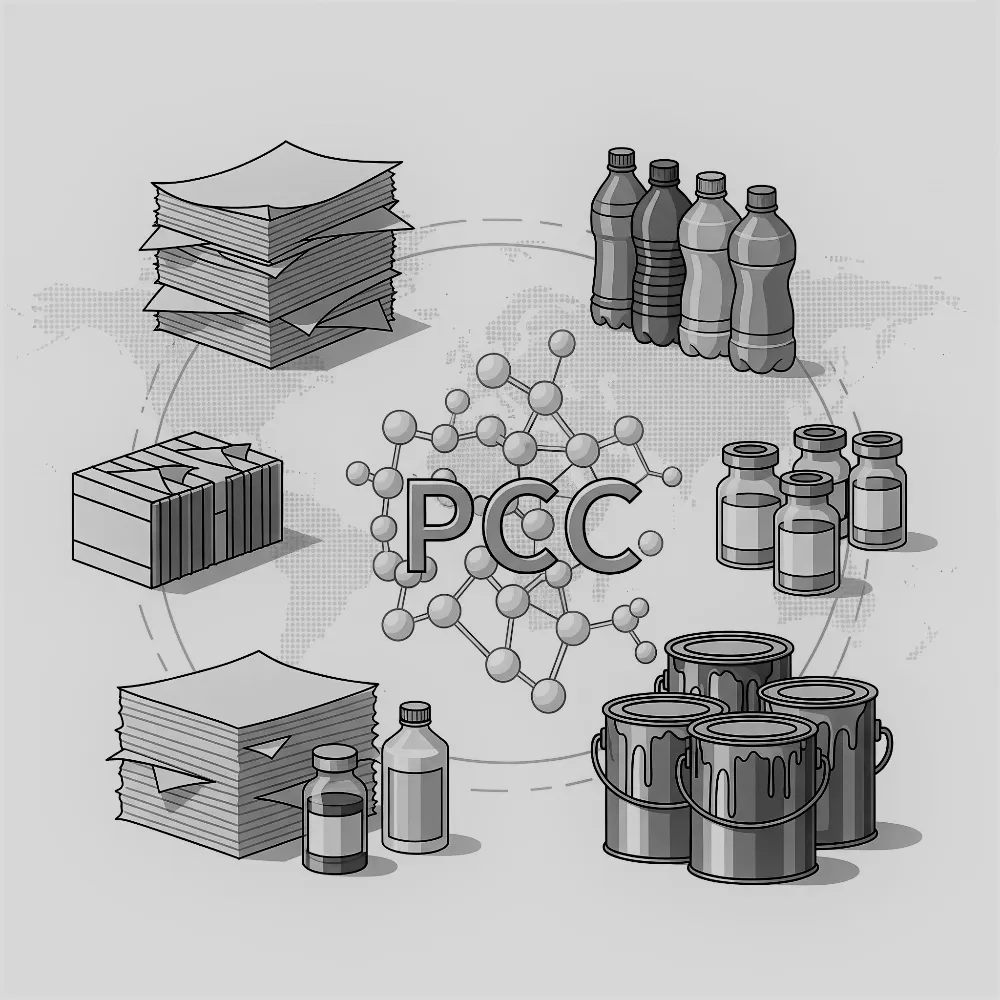
Functional Performance
Opacity: PCC’s fine particles provide superior light scattering, enhancing opacity in paper and paints.
Reactivity: PCC’s controlled morphology improves dispersion in polymers and pharmaceutical formulations.
For industries requiring high-performance fillers, PCC is the clear choice due to its consistency and tailored properties.
Reactivity: PCC’s controlled morphology improves dispersion in polymers and pharmaceutical formulations.
For industries requiring high-performance fillers, PCC is the clear choice due to its consistency and tailored properties.
